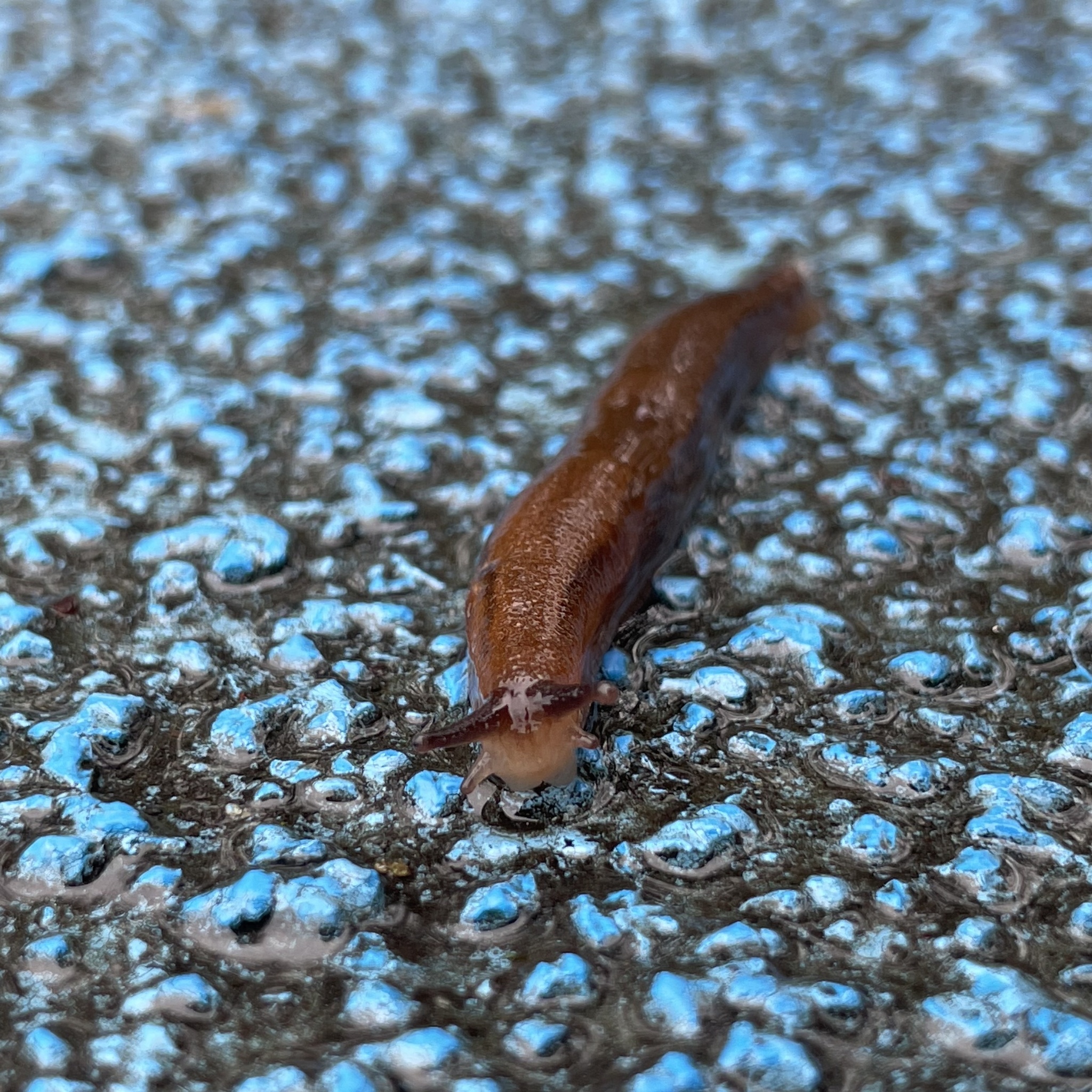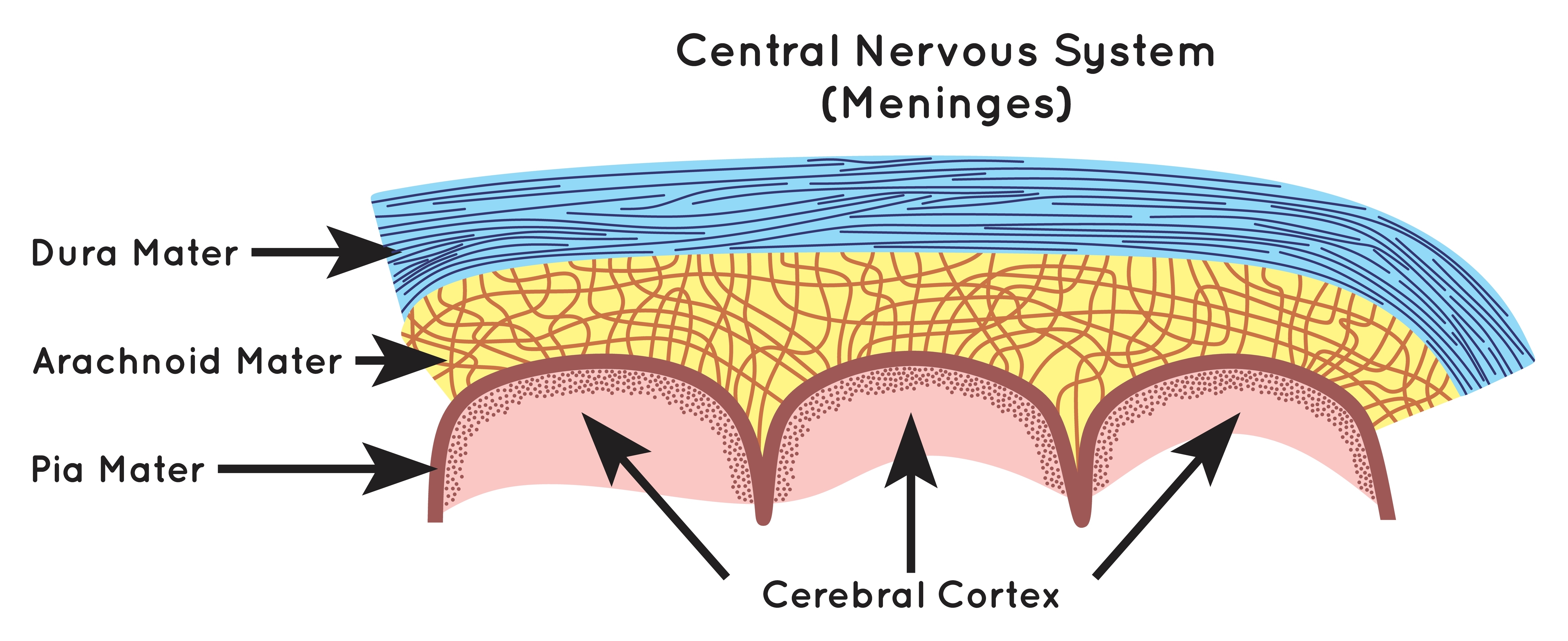If you want to perform surgery on the brain, first you need to get access to it. That means cutting through the protective membranes that surround it and keep all that watery stuff inside where it belongs. But how do you seal the membrane back up again? Scientists think they may have a solution that beats the current surgical methods – and its inspiration comes from an animal that doesn’t even have a proper brain of its own.
Bioinspired engineering – letting nature guide the development of new technologies – has produced some fascinating breakthroughs, from biohybrid robots made with spider corpses and live pill bugs to shape-shifting materials inspired by octopuses. In their 10-year search for a new way of repairing damaged body tissues, a group led by Professor David Mooney of the Wyss Institute for Biologically Inspired Engineering at Harvard University turned their attention to slug mucus.
The Dusky Arion slug (Arion subfuscus) secretes a very particular kind of mucus, which it uses to avoid predation by sticking itself firmly to a surface. Taking their cue from this, the team produced a hydrogel made of two polymer networks, combined with an adhesive layer composed of chitosan (the stuff shellfish exoskeletons are made of). The finished hydrogel is called Tough Adhesive – and it sure lives up to its name.

The sticky mucus of Arion subfuscus inspired the team behind Tough Adhesive.
Hearing of this, neurosurgeon Dr Kyle Wu and colleagues thought that this adhesive could be just what the doctor ordered when it comes to repairing the brain’s outer membrane, called the dura, after surgery.
“As neurosurgeons, we routinely open the dura to access the brain or spinal cord, but achieving a watertight seal of the dura at the conclusion of these procedures can be challenging in particular circumstances,” Wu said in a statement.
The dura is the outermost of three layers of membrane that surround and protect the brain. Below it is the arachnoid, and below that is the pia. Collectively, they’re referred to as the meninges.

Cross-section illustrating the three meningeal layers that surround the brain.
Image credit: udaix/Shutterstock.com
The dura itself is pretty thick and tough. It’s a bit like the wax on cheese, or a kind of biological plastic wrap – but the good stuff you get in professional kitchens, not the dollar store version. There’s also a dura around the spinal cord, a tough fibrous tube.
The usual options for dura repair are suturing or grafting, which are not always easy to do. Surgical adhesives don’t work so well, mostly because the whole environment around the brain is quite wet. But it’s vital to get a good, watertight seal, otherwise cerebrospinal fluid can leak out and cause a whole new set of problems for the patient.
By combining their expertise, the collaborative team of neurosurgeons and bioengineers have now built on the original Tough Adhesive to create a new version, called Dural Tough Adhesive (DTA).
In a series of experiments, they tested it on human-derived tissues and in animal models, studying its effectiveness in the brains of rats and the spinal cords of pigs. DTA performed better than currently available sealants across a range of tests, including one where the adhesive was applied to a human cadaver through the nose, and withstood pressures well beyond what would be seen even in someone with serious illness or injury.
It’s hoped that with such positive results, continued development might soon see DTA made available for real-world surgeries.
“We are excited to have opened a new perspective for neurosurgeons with this study that, in the future, could facilitate a variety of surgical interventions and lower the risk for patients who need to undergo them,” said Mooney.
“This study also underscores how unique and well-understood advances in the design of biomaterials, like the ones we made in our Tough Adhesive platform, have the potential to impact multiple, very diverse areas of regenerative medicine.”
The study is published in the journal Science Translational Medicine.
Source Link: New Slug-Inspired “Glue” Could Help Stick Brains Back Together After Surgery